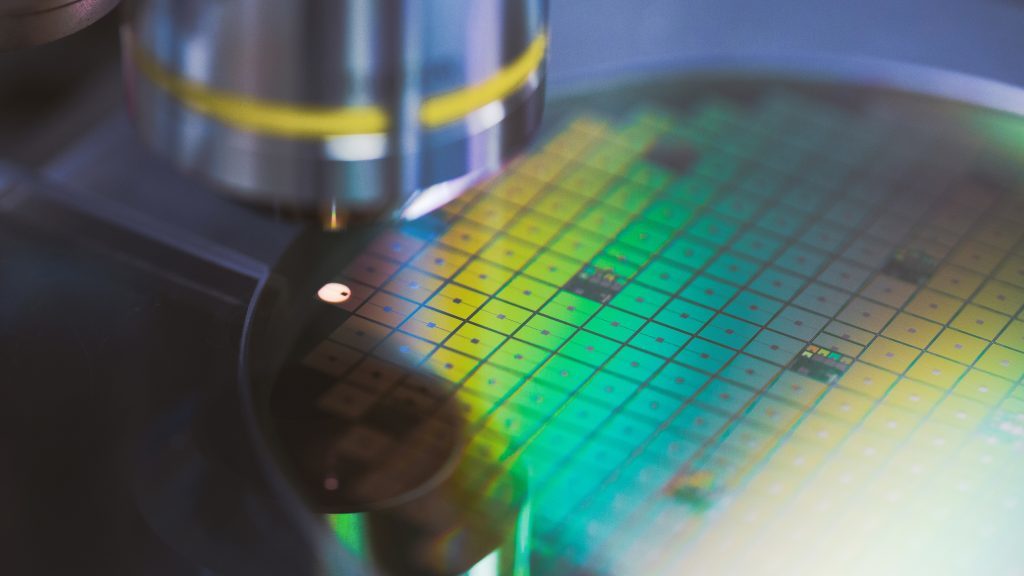
A new technology involving polystyrene is being touted as the potential future design and key ingredient of solar panels.
University of Manchester researchers are using the plastic particles to design a new, more stable solar cell, which were previously made by costly polymers.
The Royal Society of Chemistry, who published the findings, claim that the using insulating polystyrene microgel particles reduces costs significantly while also ensuring the all-round durability of the solar cell.
Prof Brian Saunders, professor of polymer and colloid chemistry from the School of Materials at The University of Manchester, said: “More research is required to enable the full potential of the exciting PSC technology to be realised.
“Improving PSC stability and reducing expensive hole-transport material (HTM) use are two aspects that are gaining increased attention.
“That is why we’re looking at how best to produce PSCs, keep them dry and make them even more commercially viable in the future.”
He added: “In this study we used polystyrene, which is 1 ten thousandth of the cost of polymers to produce, and is also hydrophobic which helps improve the stability of PSCs. Overall the enhanced stability and lower costs of production hugely outweigh any of the decreased efficiency.”